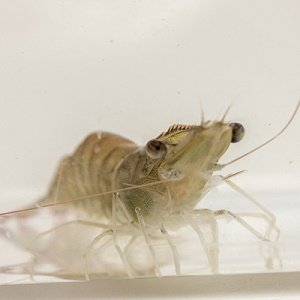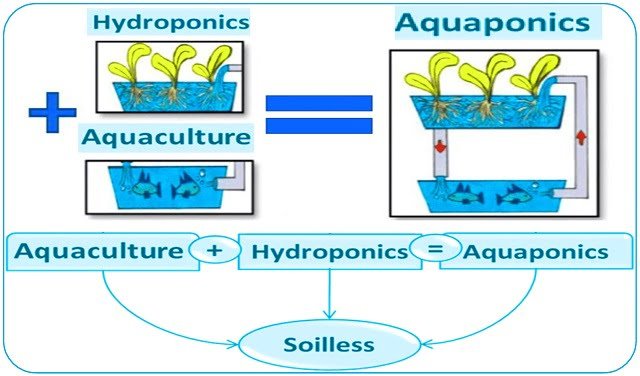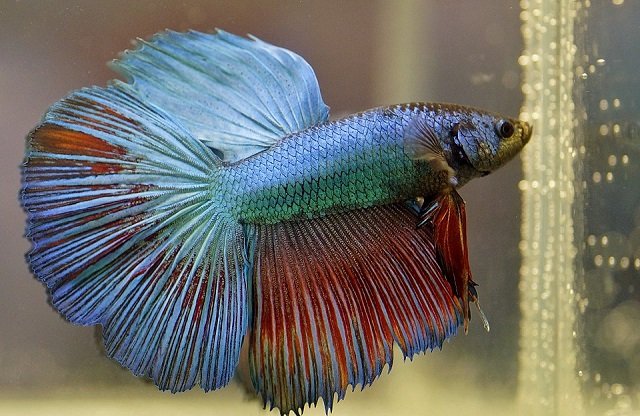
Recirculating Aquaculture Systems (RAS) have emerged as a promising solution to address the challenges associated with traditional open-net farming, such as environmental unpredictability, disease outbreaks, and escapees. However, one of the main concerns in RAS is the production of hydrogen sulfide (H2S), a highly toxic gas that can cause mass mortality events in salmon populations.
A study published in the journal Ecotoxicology and Environmental Safety by scientists from NOFIMA (Norway), the Technical University of Denmark, and the University of Murcia (Spain) aims to investigate the consequences of prolonged exposure to sublethal levels of H2S on the mucosal defenses of Atlantic salmon. By examining molecular and histological changes in the gills, skin, and olfactory rosette, the researchers can gain a deeper understanding of how salmon respond to this toxic gas and identify potential prevention and mitigation strategies.
The Threat of Hydrogen Sulfide
Hydrogen sulfide (H2S), a toxic gas naturally produced in aquatic environments, can significantly impact the health and well-being of aquatic organisms.
H2S is produced as a byproduct of bacterial activity under anaerobic conditions, particularly by sulfur-reducing bacteria (SRB). These bacteria use sulfate as a terminal electron acceptor, breaking down organic matter and releasing H2S. The gas poses a serious threat to salmon health due to its ability to inhibit cytochrome c oxidase, a crucial enzyme involved in cellular respiration. This inhibition disrupts the electron transport chain, leading to cellular dysfunction and ultimately death.
While previous research has explored the effects of high levels of H2S, a significant knowledge gap remains regarding the impact of prolonged exposure to sublethal concentrations on fish mucosal defenses.
Mucosal Defenses and H2S
Mucosal organs, including the gills, skin, intestine, and nose, serve as the first line of defense against environmental threats in fish. These organs are equipped with a range of defense mechanisms, including mucosa-associated lymphoid tissue (MALT) and mucus production, to protect against harmful substances.
Previous studies have demonstrated the sensitivity of salmon’s mucosal organs to H2S. Exposure to the gas can cause irritation, structural changes, and impaired immune function. Mucus, a crucial component of mucosal defense, can be negatively impacted by H2S, compromising the fish’s ability to protect itself from harmful substances.
The Study
The researchers exposed Atlantic salmon to two sublethal concentrations of H2S (0.05 µM and 0.12 µM) for 12 days, and their responses were compared with those of a control group. The study focused on the skin, gills, and olfactory rosette, analyzing molecular, histological, metabolomic, and proteomic changes.
Stay Always Informed
Join our communities to instantly receive the most important news, reports, and analysis from the aquaculture industry.
Results
- Tissue Sensitivity: The gills and olfactory rosette were found to be more sensitive to H2S than the skin.
- Gene Expression: H2S exposure triggered stress and inflammation responses, particularly in the gills.
- Detoxification: All mucosal organs exhibited the molecular tools necessary for sulfide detoxification, but their expression patterns were not substantially altered by sublethal H2S levels.
- Barrier Integrity: Mucosal barrier integrity remained relatively unaffected by H2S exposure.
- Metabolomics: While the overall metabolomes of the skin and gill mucus were not significantly impacted, specific metabolic pathways, such as amino acid biosynthesis and metabolism, were altered in the high-concentration group.
- Proteomics: Both the skin and gill mucus exhibited distinct proteomic profiles, with proteins related to immunity and metabolism being affected.
“Our findings suggest that salmon can largely adapt to the low levels of H2S we tested without severe negative health effects,” says project leader Carlo C. Lazado of Nofima, adding, “This is good news for the aquaculture industry, but it also underscores the importance of careful monitoring and control of H2S levels in RAS facilities.”
Applications in the Salmon Industry
The results can contribute to better Atlantic salmon farming in several ways. One of the most important points the researchers highlight in the report is the improvement of risk assessment and the establishment of threshold values for H2S in RAS facilities. In this regard, there is the potential to develop new standards to strengthen salmon’s resistance to H2S exposure.
The study represents an important step toward more sustainable and efficient land-based salmon farming, with a focus on fish welfare and production quality. The findings are particularly relevant to land-based fish farms, where H2S levels may be higher than in open-sea facilities. By monitoring and controlling H2S levels, as well as implementing measures to strengthen the natural defenses of the fish, fish farmers can ensure healthier and more productive fish.
The study was funded by the Research Council of Norway.
Contact
Carlo C. Lazado
Nofima, The Norwegian Institute of Food, Fisheries and Aquaculture Research
Ås 1433, Norway
Email: carlolazado@nofima.no
Reference (open access)
Ara-Díaz, J. B., Bergstedt, J. H., Albaladejo-Riad, N., Malik, M. S., Andersen, Ø., & Lazado, C. C. (2024). Mucosal organs exhibit distinct response signatures to hydrogen sulphide in Atlantic salmon (Salmo salar). Ecotoxicology and Environmental Safety, 281, 116617. https://doi.org/10.1016/j.ecoenv.2024.116617
Note – The article has been prepared with information from the press release “New findings on salmon’s response to H2S in land-based fish farms” and the scientific article.
Editor at the digital magazine AquaHoy. He holds a degree in Aquaculture Biology from the National University of Santa (UNS) and a Master’s degree in Science and Innovation Management from the Polytechnic University of Valencia, with postgraduate diplomas in Business Innovation and Innovation Management. He possesses extensive experience in the aquaculture and fisheries sector, having led the Fisheries Innovation Unit of the National Program for Innovation in Fisheries and Aquaculture (PNIPA). He has served as a senior consultant in technology watch, an innovation project formulator and advisor, and a lecturer at UNS. He is a member of the Peruvian College of Biologists and was recognized by the World Aquaculture Society (WAS) in 2016 for his contribution to aquaculture.




